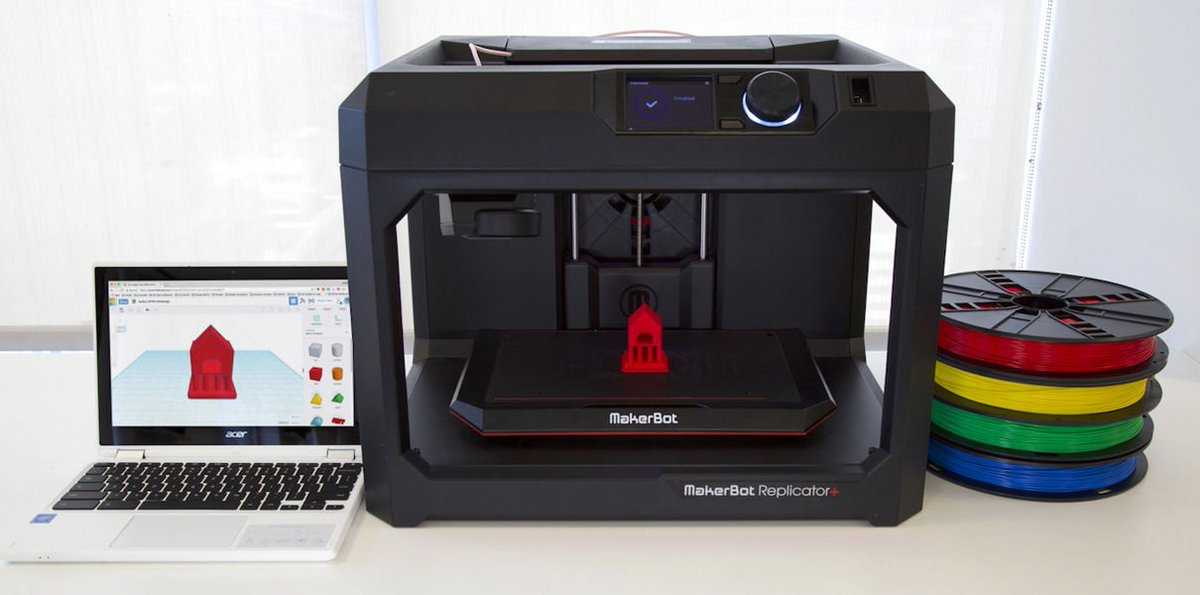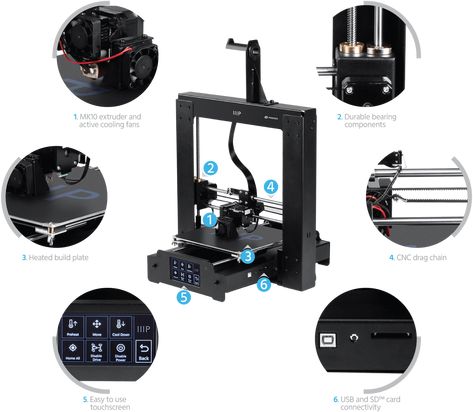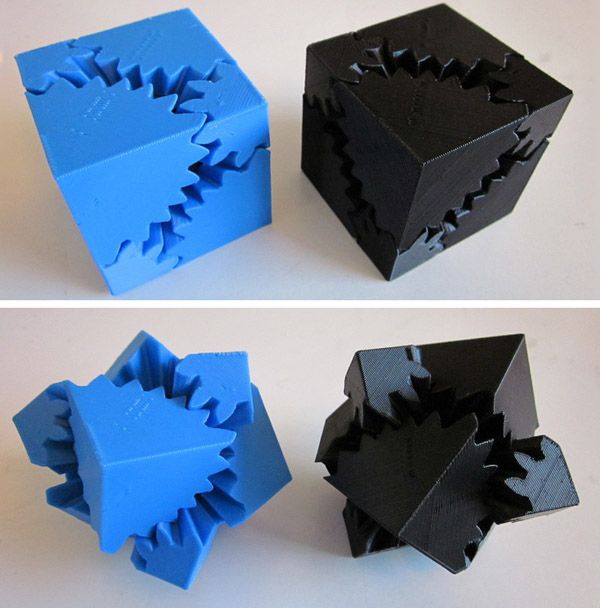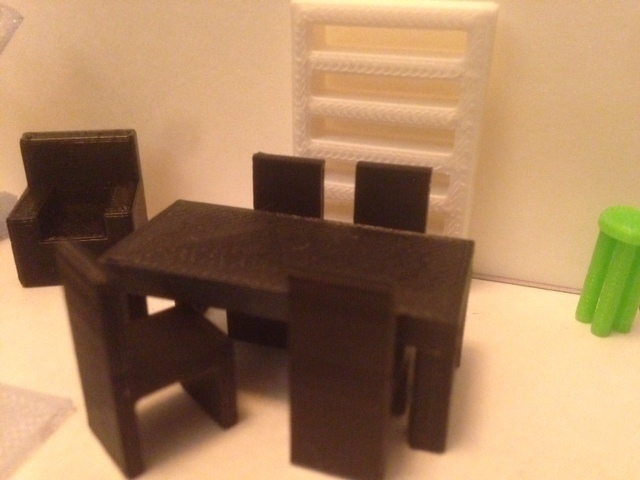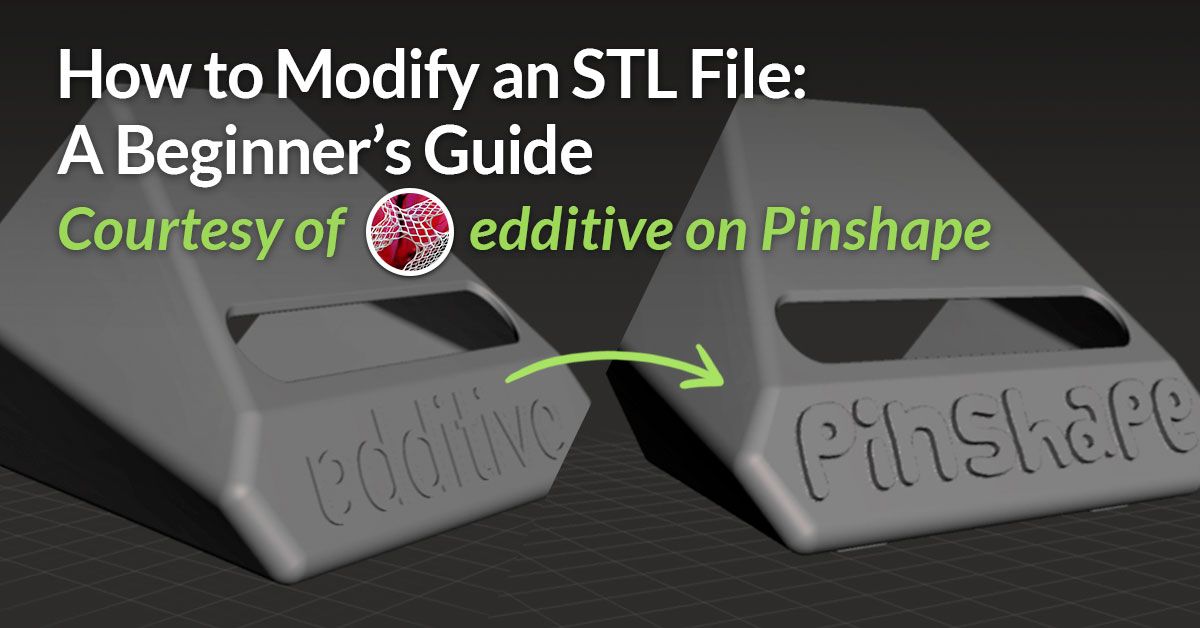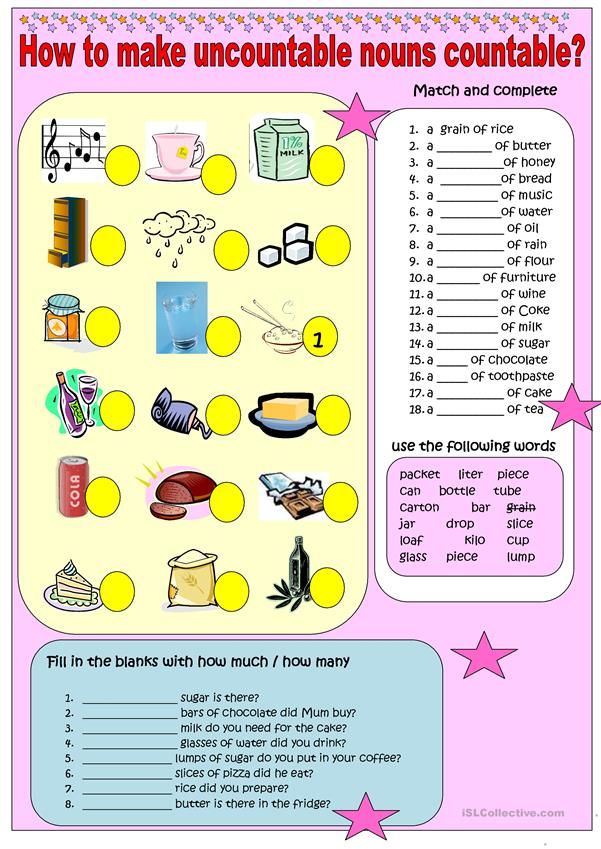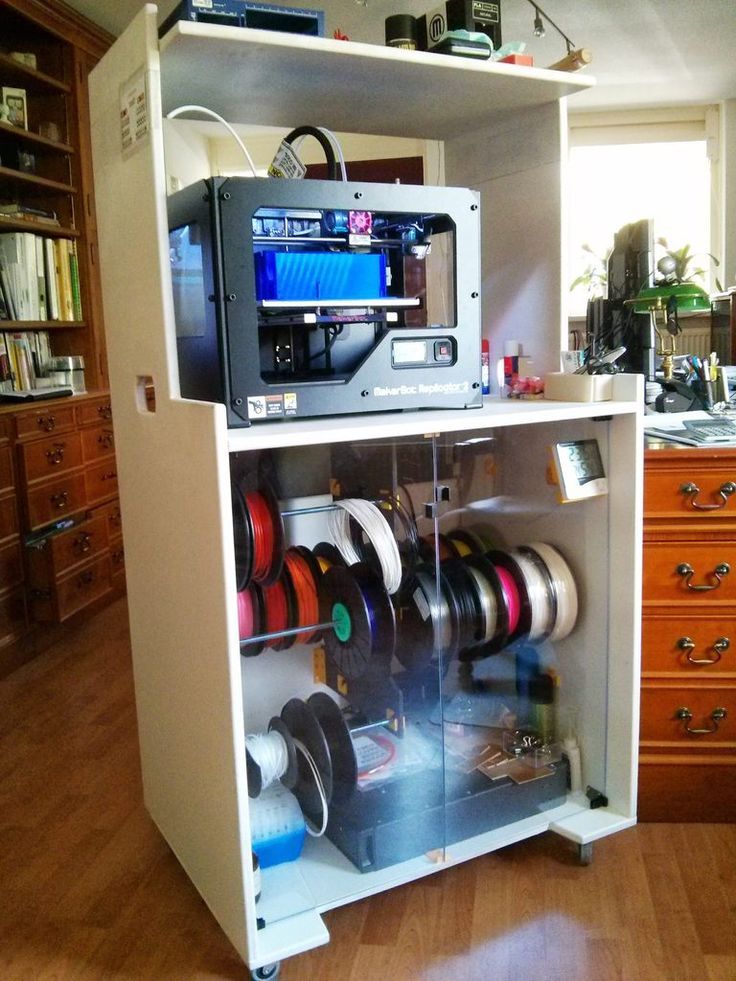3D fruit printer
3D Printed Fruit is Here, Thanks to Cambridge Company Dovetailed - 3DPrint.com
The 3D printing of food is certainly a futuristic concept, but it’s also something that, at this point, not too many people are all that excited about. Sure, it’s awesome for making customized candies like the ChefJet does, or for adding a bit of flair to a cake, but the idea of one day eating a 3D printed steak, or 3D printed pear, doesn’t seem that appealing just yet. Like anything though, if it tastes good, won’t kill you, and is relatively inexpensive, there will be people willing to try it, and eventually society may view such food as the norm, rather than the exception.
Dovetailed’s 3D Printed Raspberry
We may not have to imagine much longer, what it would be like to bite into a 3D printed pear, apple or plum. That’s because a Cambridge, England company, founded just three years ago, called Dovetailed, has been working 3D print ‘fruit’. They have been able to accomplish this by using a technology which has been around for years, called spherification.
Spherification is a molecular gastronomy technique in which liquids are shaped into tiny spheres, in one of two different ways. The process was originally discovered by Unilever in the 50’s, however it wasn’t until this last decade that the process began to be used within modern cuisine. One method can be used for shaping liquids which have a high calcium content like milk, while the other is perfect for liquids like fruit juice or puree, which contain little to no calcium. Although the exact process used by Dovetailed has not been revealed yet, it can be assumed that they are using the latter process. In this process, the liquid or puree from the fruit is mixed with a very small amount of a substance called sodium alginate, then quickly placed into a bowl of soluble calcium salt. At this point the liquid or puree forms tiny spheres, almost like caviar, in which a thin skin holds the shape of the liquid inside.
Apple Juice After Spherification
What the 3D printer does is combine these little spheres of flavor with other spheres of the same or varying flavor, to form customized ‘fruits’, which can taste and look however the the user desires.
“We have been thinking of making this for a while,” explained Vaiva Kalnikaitė, creative director and founder of Dovetailed. “It’s such an exciting time for us as an innovation lab. Our 3D fruit printer will open up new possibilities not only to professional chefs but also to our home kitchens, allowing us to enhance and expand our dining experiences. We have re-invented the concept of fresh fruit on demand.”
Dovetail claims that the printing process takes only seconds, and can be used to print apples, pears, or whatever other fruit the user desires. Further details on this amazing machine should emerge today as Dovetailed reveals the technology at an event in Cambridge called the ‘Tech Food Hack‘, which Microsoft has helped set up.
Would you consider eating 3D printed fruits, created with the processes described above? Will there be a market for such foods? Let’s hear your opinions at the 3DPB.com forum post concerning 3D printed fruits.
(Source: Cambridge News)
Stay up-to-date on all the latest news from the 3D printing industry and receive information and offers from third party vendors.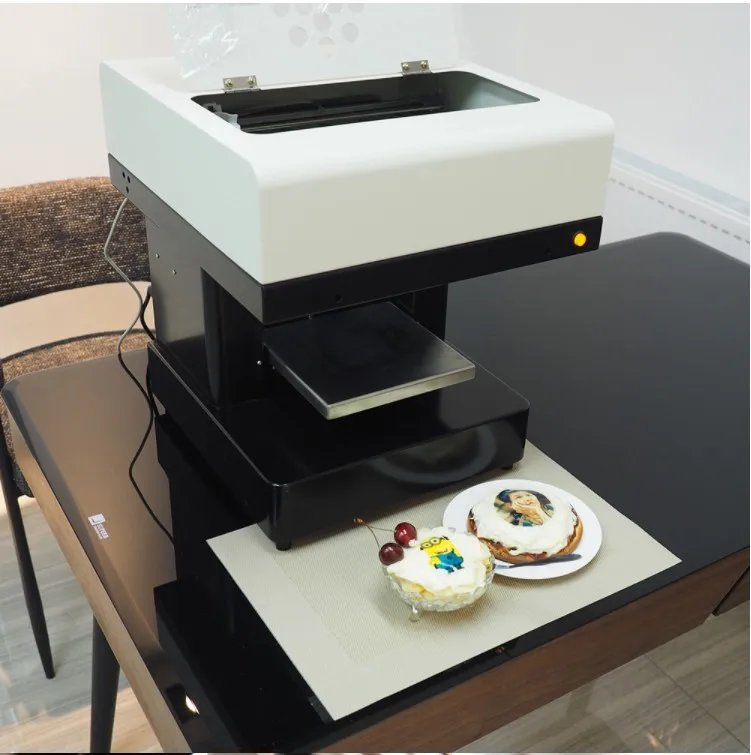
Tagged with: 3d print fruits • 3d printed fruit • cambridge • dovetailed • microsoft 3d print fruits • spherification
Please enable JavaScript to view the comments powered by Disqus.
Fruit best STL files for 3D printer・Cults
Ushi Ushi no Mi - Dalton
€0.99
Eggplant, peach keychains
€0.99
pear
€0.62
AKUMA NO MI:BAKU BAKU NO MI. WAPOL'S FRUIT
€3
CENTER VASE 19CM
Free
Gomu Gomu no mi mi fruta del diablo de One Piece
€4.05
Apple Corer
Free
VASE POT PLANTER PACK - 8 POT FLOWERS
€8.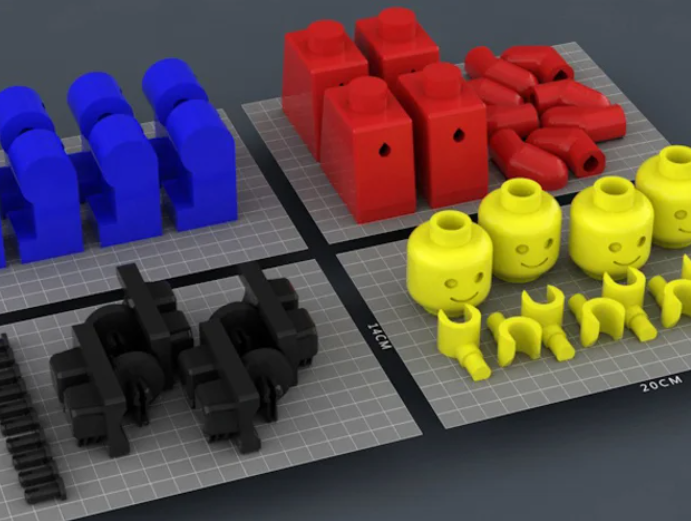 15
15
Christmas Tree Nutcracker
€2.47
Bananaduck - Half Banana half duck!
€1.18
Strawberry
€1.30
hana hana no mi
€5
Banana head
Free
Lemon
Free
Banana butt
Free
Date fruit
Free
fruit platter
Free
decorative pear
€0.80
AKUMA NO MI:GASHA GASHA NO MI. DOUGLAS BULLET'S FRUIT
€3
Bolw collection - 29 models
€5
avocado mouthpiece for shisha
€0.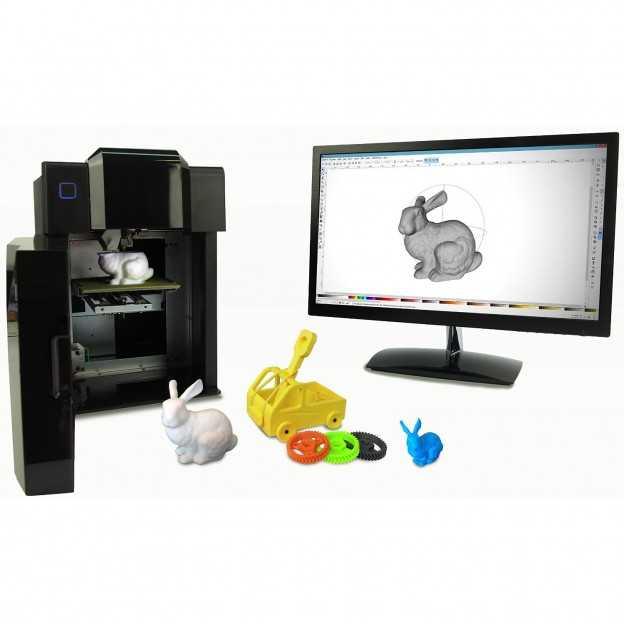 69
69
Flexi palm
€1.24 -20% €0.99
Chocolate Covered Strawberry STL FILE FOR 3D PRINTING - LASER CNC ROUTER - 3D PRINTABLE MODEL STL MODEL STL DOWNLOAD BATH BOMB/SOAP
€3.53
Strawberry House
€3.76
gomu gomu no mi
€0.94
Animal Crossing Tree
Free
SNAKESKIN BOWL
€2.14
Organic Fruit Bowl
€6.99
Stylized Little Apple Figurine
€9.41
garden marking
€0.94
LATTICE FRUIT BOWL
€2. 57
57
Peeler
€10.95
Polymer Clay Cutter Strawberry
€4.07
banana
Free
AKUMA NO MI:DORU DORU NO MI
€3
Blackberry/ Raspberry Bush
Free
Spiral Bowl
€8.95
A version of the Joel Morrison romeo
€8.88
Fruit basket
Free
Gomu Gomu no Mi + Mera Mera no Mi + Ope Ope no Mi
€4
Ope Ope no Mi - オペオペの実 - Devil Fruit
€1.90
Mera Mera no Mi - メラメラの実 - Devil Fruit
€1.90
Gomu Gomu no Mi - ゴムゴムの実 - Devil Fruit
€1. 90
90
Vegetable and Fruit slicer 0.12 and 0.2 inch - Coupe légumes 3 et 5 mm
Free
Abstract food bowl
€0.57
KAGE KAGE NO MI - ONE PIECE DEVIL FRUIT
€4.67
PB&J Ring Set From B99
€3.99
BOMU BOMU NO MI - ONE PIECE DEVIL FRUIT
€4.67
Berry and Fruit 3D Printer
Every new kitchen appliance is the result of innovative thinking. At the end of the 19th century, the toaster was invented, in the 1930s, the juicer, and in the 1980s, microwave ovens appeared. In these days of high-tech digital technology, these kitchen appliances seem very simple and accessible to everyone, but they are all the result of innovative thinking.
Let's try to imagine what a typical home kitchen will look like in 5-10 years. What can she be? British innovators are working on the idea of creating a consumer 3D printer available to the general public that can reconstruct edible fruits and berries. One of the developers of such 3D printers assures that berries and fruits printed on a 3D printer will not differ in taste from real ones. nine0003
What can she be? British innovators are working on the idea of creating a consumer 3D printer available to the general public that can reconstruct edible fruits and berries. One of the developers of such 3D printers assures that berries and fruits printed on a 3D printer will not differ in taste from real ones. nine0003
A system has recently been introduced that can physically print artificial raspberries using fruit juice with a small amount of calcium added by spherification, a culinary process of forming liquid into spheres that visually and structurally resemble caviar.
"We have rethought the concept of fresh berries and fruits. A group of innovative engineers, gourmets, chefs and technicians worked on our idea," says company founder Vaiva Kalnikite. nine0003
"People were really interested in this concept, so that instead of picking fruits, you could reconstruct fruits and berries from fruit or berry juice. There was a lot of interest in the idea.
"Potentially, this means you could create berry fruits and fruits in places where it is very difficult to grow them, and it would also greatly simplify their transportation. In addition, this would allow better preservation of nutrients and microelements, as well as increase their content (concentration) in fruits. All these aspects a 3D printer can do today."
How does this technology work?
As the developers assure, 3D printing of fruits and berries is a very simple process. The flavor and aroma comes from fruit or berry juice mixed with sodium alginate (a food stabilizer added to ice cream, yogurt, cream and cheese) that is dripped into a container of chilled calcium chloride. With each drop of the mixture, tiny spheres are formed, on which, under the action of calcium, an outer layer is formed - its own flexible thin skin. nine0003
"The reaction creates a tiny wall of calcium gel around each drop, allowing us to get the perfect piece of a berry like a raspberry or blackberry. We plan to experiment with more other berries and fruits."
The taste, shape, size and nutritional content of printed fruits can be customized.
"All the necessary ingredients are already available today in some UK outlets. A 3D printer is connected to a computer, which allows you to change the shape of the fruit with a special program. For example, you can draw a square, and the printer will print fruits with a square structure." nine0003
How tasty can berries and fruits be printed?
"Only natural ingredients are used for printing, which provides the necessary list of nutrients. For fruit printing, you can use either certain fruit juice from the supermarket or use fresh juice. This way, the nutritional value and content of nutrients and macronutrients remain unchanged, and depend solely on the juice you use," says Kalnikaite. nine0003
"If you wish, you can use additional nutrients and trace elements. We try to print fruits as natural and organic as possible. juice, which provides a similar taste experience as real berries."
Theoretically, not only fruit juice can be used to print berries and fruits. Our team will experiment and explore the possibility of using other liquids to print berries and fruits, during the next phase of its innovation and research activities.
Our team will experiment and explore the possibility of using other liquids to print berries and fruits, during the next phase of its innovation and research activities.
"In fact, various soups, sauces and even alcohol can be used for printing. We are trying to find a cook who can help us with further research and experiments. Today we have a recipe for the required consistency for raspberries and blackberries, which have very pleasant taste".
Kalnikaite understands that there is still a lot of work to be done to bring this innovation to mass production, but the company also has short-term marketing goals - to offer its berry and fruit 3D printer to high-end restaurants and gourmets who are interested in innovative culinary techniques. nine0003
"The 3D printer is not yet ready for mass retail, but we are in talks with several UK companies who are interested in helping us bring it to market. We hope to resolve this issue soon.
"We would like to to make our product widely used by chefs in commercial restaurants.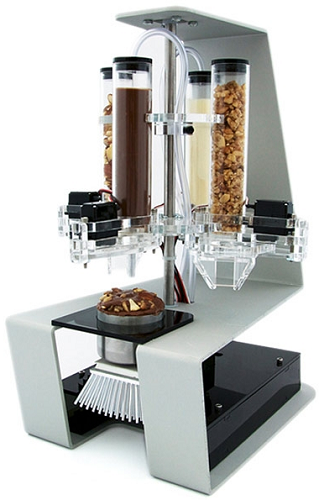 We believe this will give them many new opportunities.
We believe this will give them many new opportunities.
"I hope that in the long term, 3D printers for printing berries and fruits will find wide application in the everyday life of ordinary people. This is absolutely real, but for now, it all depends on how much we can improve it to move to the next stage. Maybe someday - then a 3D food printer will become as simple and affordable a kitchen appliance as a toaster or coffee maker is today." nine0003
June 09, 2014 Source: Freshfruitportal.com
3D Printer prints fruits - Ecological digest Facepla.net
We all love ripe apples or pears, but often the harvest is accompanied by a sore back and incredible fatigue.
One company decided not to bother picking fruit, but simply print it. Dovetailed, a Cambridge design company, is launching a 3D printer that prints completely edible fruit. nine0003
A company partnering with Microsoft Corporation in Cambridge claims that the printing process takes only a few seconds, making it easy to print your own apple, pear or other fruit.
Creating food with a 3D printer is certainly a futuristic concept and not everyone will be thrilled with this idea today. Printing a 3D pizza is definitely fun, but constantly eating a 3D steak or a 3D pear may not be fun for everyone. Although, if it is tasty and inexpensive, such food can become popular. nine0003
According to the developers, this technique is for chefs, gourmets and anyone interested in creating creative meals. No special culinary knowledge is required, and the fruit itself is organic.
The company uses a method of molecular gastronomy, which has been known for many years as spherification (giving liquids spherical shapes).
With this method, liquids can be spherical in two different ways. The process was reportedly originally developed by Unilever in the 1950s, but it has only been in the last decade that the process has been adopted in modern kitchens. One method can be used to form liquids that are high in calcium, such as milk, while the other is ideal for liquids like fruit juice or puree that have little or no calcium. nine0003
nine0003
Although the exact process used by Dovetailed has not yet been disclosed, it can be assumed that they use the second option.
In this method, a liquid or fruit puree is mixed with a very small amount of a substance called sodium alginate, then quickly placed in a bowl of soluble calcium salt. At this stage, the juice or puree forms very small spheres, very similar to small fish eggs, whose shells hold the contents inside.
Next, the 3D printer combines these small scented spheres with other spheres of the same or different flavor to form individual edible "fruits" that look the way the user wants them to. nine0003
Vaiva Kalnikaitė, creative director and founder of Dovetailed, says: “We have been thinking about creating such a project for some time now. This is as exciting a project for us as an innovation lab. Our fruit 3D printer will open up new possibilities not only for professional chefs, but also for home kitchens. We have reinvented the concept of fresh fruit on demand.